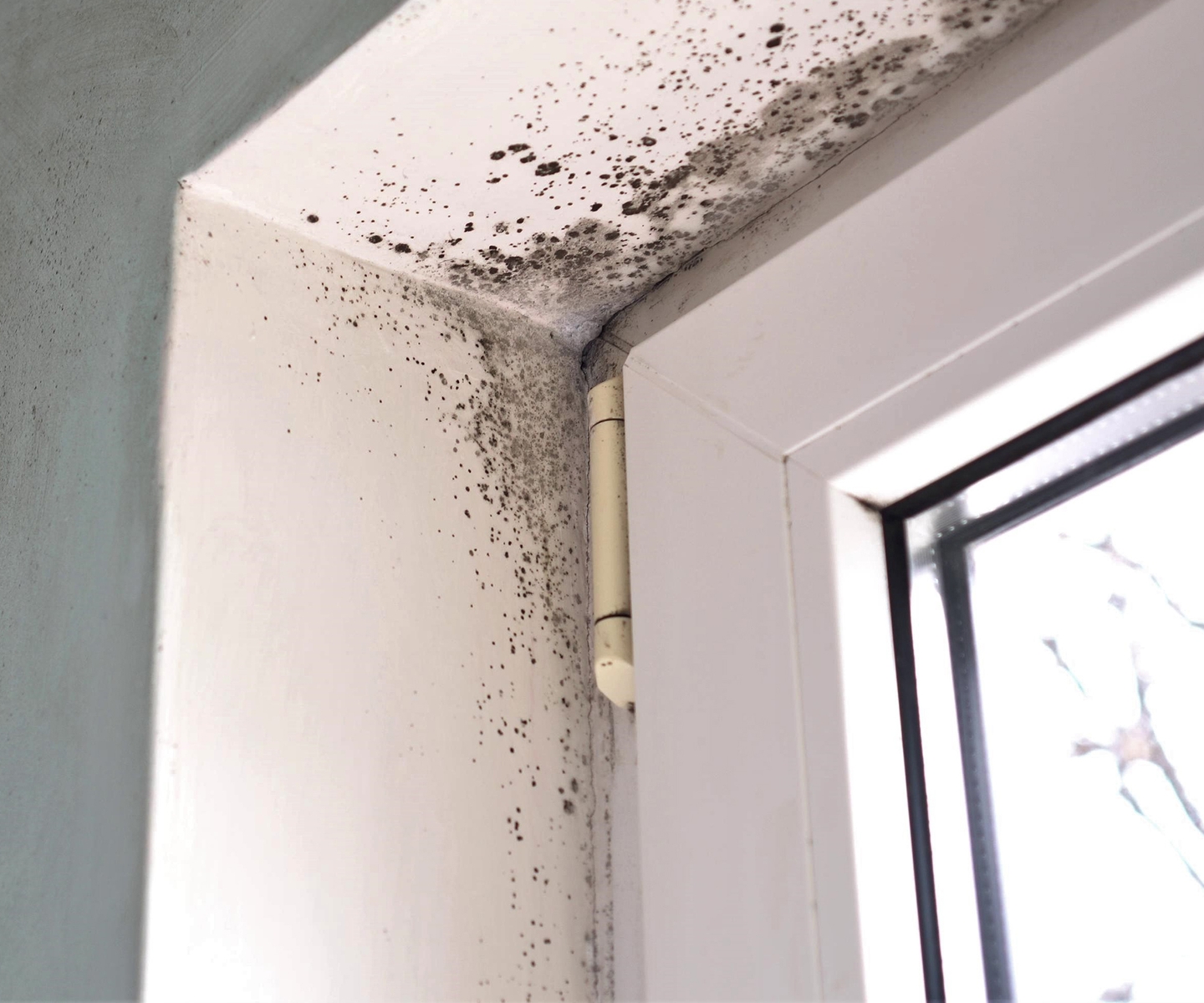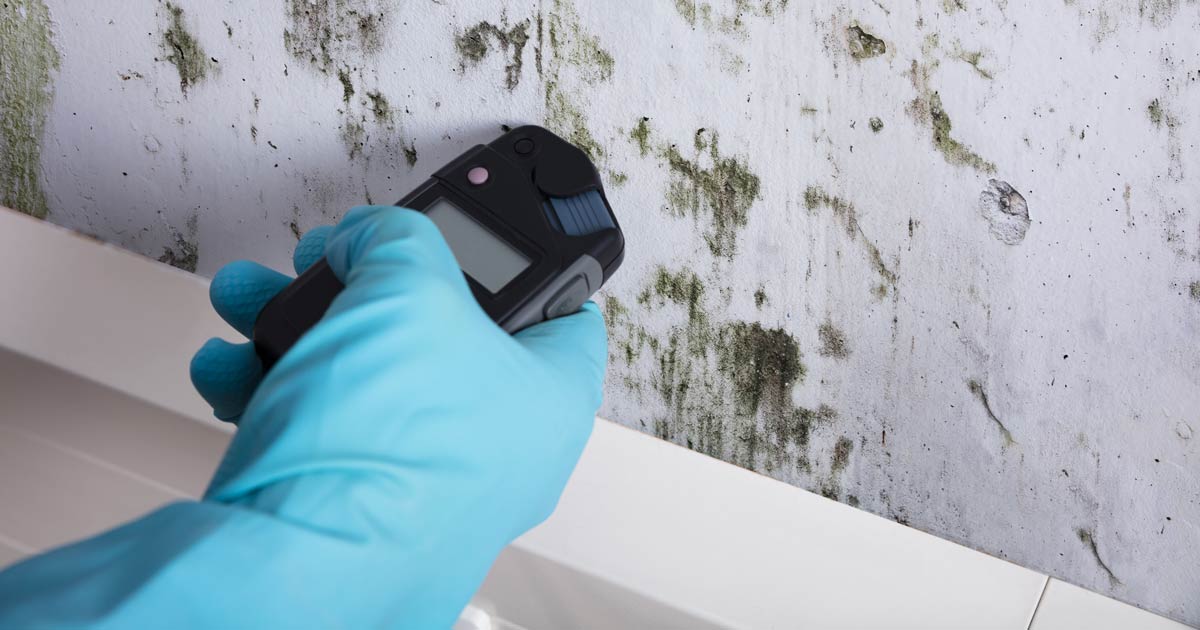After Mold Remediation Approaches for Tidy Spaces
After Mold Remediation Approaches for Tidy Spaces
Blog Article
Effective Message Mold And Mildew Remediation Solutions for Your Home
Mold and mildew growth in homes can be a consistent concern, often requiring an organized method for effective post-remediation options. From comprehending the elements that add to mold advancement to carrying out correct cleaning methods and dampness control steps, the procedure can be detailed yet vital for keeping a healthy living environment. Additionally, discovering natural remediation remedies and developing a routine for recurring upkeep are essential components of an extensive mold and mildew removal technique. As house owners strive to attend to mold and mildew concerns, discovering the most effective options ends up being vital for the well-being of their homes.
Comprehending Mold And Mildew Growth Elements
Mold and mildew development is influenced by a variety of factors that are critical to comprehend in order to efficiently resolve and stop its spreading. Understanding these aspects is important in executing effective mold and mildew removal techniques. The primary variable contributing to mold and mildew development is dampness. Mold and mildew spores need wetness to grow and sprout, making moist or damp settings highly vulnerable to mold and mildew infestations. Poor air flow can also cause moisture buildup, creating a suitable breeding place for mold.

Furthermore, airflow and light exposure can influence mold and mildew growth. Locations that lack appropriate ventilation and natural light are a lot more prone to mold development. By addressing these factors thoroughly, people can successfully minimize mold and mildew growth and secure their living settings.
Proper Mold And Mildew Cleaning Strategies
Utilizing efficient cleansing methods is vital in stopping the reappearance and addressing of mold and mildew contamination in indoor atmospheres. When dealing with mold and mildew, it is critical to focus on security by using safety gear such as handwear covers, masks, and goggles. The very first step in appropriate mold cleaning is to consist of the afflicted area to stop the spread of spores to uncontaminated locations. This can be accomplished by sealing the room and making use of air scrubbers or negative air makers to maintain air quality.

Carrying Out Dampness Control Measures
To properly stop mold and mildew development and contamination in interior environments, implementing wetness control measures is critical. Dampness is the primary aspect that fuels mold and mildew development, making it critical to handle humidity degrees within the home. One effective procedure is to utilize dehumidifiers to maintain interior humidity levels below 60%. Additionally, making sure appropriate air flow in areas vulnerable to moisture buildup, such as kitchens and shower rooms, can help in reducing the threat of mold and mildew development. On a regular basis checking and repairing any type of leaks in plumbing, roofings, or home windows is likewise vital in protecting against excess wetness build-up. Utilizing exhaust fans while food preparation or bathing, and permitting air circulation by keeping furniture a little far from wall surfaces can help in moisture control. In addition, utilizing moisture-resistant products in high-humidity locations, such as mold-resistant drywall and paints, can be useful. By vigilantly applying these wetness control procedures, homeowners can effectively decrease the probability of mold recontamination and preserve a healthy interior setting.
Using All-natural Removal Solutions
After effectively executing wetness control useful reference steps to avoid mold growth in indoor atmospheres, house owners can currently discover the performance of all-natural removal remedies in maintaining a healthy space. Natural removal solutions utilize ecologically pleasant approaches to deal with mold and mildew, making them a popular choice for those looking for non-toxic options. One such service is using vinegar, a natural antimicrobial agent, to tidy and disinfect surface areas contaminated by mold. Just water down vinegar with water and spray it onto the affected locations, enabling it to sit for a few hours prior to wiping tidy. In addition, tea tree oil, understood for its antifungal buildings, can be mixed with water and sprayed onto mold-infested surfaces to hinder additional development. An additional natural choice is hydrogen peroxide, which can properly kill mold and mildew on numerous surfaces without leaving unsafe deposits behind. By integrating these natural removal remedies into their cleansing routines, house owners can effectively deal with mold and mildew growth while advertising a much healthier interior setting for themselves and their households.

Preserving a Mold-Free Environment
In order to avoid mold and mildew reoccurrence and make certain a constantly mold-free setting, it is necessary for homeowners to apply proactive maintenance methods. On a regular basis examining areas prone to mold and mildew development, such as washrooms, basements, attic rooms, and cooking areas, is critical. Addressing any leakages, water damages, or excess dampness quickly can considerably minimize the threat of mold growth. Post Mold remediation cleaning. Appropriate ventilation in areas with high humidity degrees is likewise vital to stop mold growth. Utilizing dehumidifiers or exhaust followers can assist preserve optimal wetness levels and prevent mold spores from prospering.
In addition, preserving cleanliness in the home is vital for mold prevention. Maintaining indoor plants in check and guaranteeing appropriate drain in outside landscape design can minimize wetness build-up, decreasing the chance of mold problems.
Verdict
Finally, it is vital to address mold development aspects, use correct cleaning strategies, apply dampness control measures, utilize natural removal solutions, and keep a mold-free environment in order to effectively take care of message mold removal in your house - Post remediation click mold testing near me. By complying with these strategies, you can prevent mold from repeating and guarantee a healthy living setting for you and your family members
The primary factor adding to mold development is wetness. Mold spores call for wetness to flourish and germinate, making damp or wet settings highly vulnerable to mold invasions.To efficiently prevent airborne mold removal purifiers mold and mildew development and contamination in interior settings, implementing wetness control actions is vital. Furthermore, making certain proper air flow in areas vulnerable to moisture buildup, such as shower rooms and kitchen areas, can assist minimize the threat of mold development.After efficiently implementing moisture control measures to prevent mold and mildew growth in interior environments, house owners can currently check out the effectiveness of all-natural remediation solutions in preserving a healthy living area.
Report this page